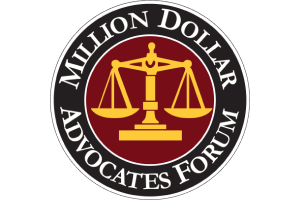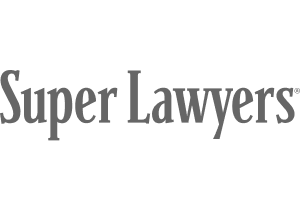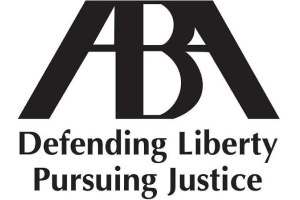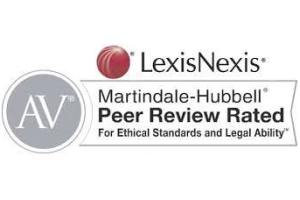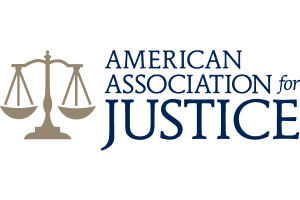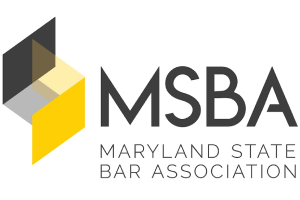Experienced, Creative, and Aggressive Representation To Protect Your Rights and Your Future. Contact Barry Helfand, David Helfand, David Martella and Raquel Smith.
No Significant Blood on Slain Man’s Hand
The opening witness warned jurors that they would be “seeing some disturbing images” and that he would be discussing them in a “scientific and factual manner.”
Then William Vosburgh, lab director for the District’s police department, began his testimony in the Montgomery County retrial of Gary Smith, a former member of the elite Army Rangers who is accused of fatally shooting fellow ranger Michael McQueen.
If McQueen shot himself in the head, Vosburgh told jurors, blood from the wound would have sprayed back on his hand.
“I don’t see any bloodstains on the back of his hand,” Vosburgh said. There were a few blood droplets on McQueen’s palm, but those would not have come from the blowback caused by the gun, he said. Instead, the “satellite spatters” would have bounced off another surface and onto McQueen.
Smith is charged with killing McQueen in 2006 in the Gaithersburg apartment they shared. His attorneys argue that it was McQueen who pulled the trigger – either intentionally or accidentally.
On Friday, Day 6 of Smith’s retrial, jurors were presented with the more technical aspects of the prosecution’s case. Vosburgh pointed to what he called voids in the bloodstains on the carpet. “Something was in the way. The question is, what was in the way?” he said.
As blood projects outward from a wound, and an object is in the way, it will leave a void that is not necessarily the same shape as the object itself, Vosburgh said. Think of the elongated shadow of a square building at 3 p.m., he said.
Vosburgh said the void on the carpet in this case “roughly fit” the shape of a bloody shoe taken from Smith on the morning of McQueen’s death.
Asked by Assistant State’s Attorney Robert Hill if Vosburgh had concluded that Smith’s shoe and pant leg had indeed created the void on the carpet when McQueen was shot, Vosburgh said: “Yes.” He added, “that’s the only way the evidence fits together.”
The trial broke for lunch, after which the defense called Sgt. 1st Class Seamus Ryan, who works in intelligence with the 75th Ranger Regiment, who testified that he had seen no tension between Smith and McQueen when they served together.
Prosecutors called Michael Piper, an imagery and audio specialist with the U.S. Secret Service, who said he had enhanced the faint audio taken from a video of Smith sitting alone in an interrogation room. The enhanced recording was played for the jury but was largely inaudible. It was unclear if jurors might be allowed to listen to it with headphones.
On cross-examination by defense attorney Barry Helfand, Vosburgh was asked if McQueen’s arm was down when he was shot. “I can’t tell the exact position of the arm,” Vosburgh said.
The men engaged in a protracted back and forth, with Helfand pressing Vosburgh on experiments he had done in the case. In one, Vosburgh said he had used a flashlight to simulate blood headed toward Smith’s shoe.
Vosburgh said he was trying to see “the shape of the shadow” that would be created, which in this case meant the shape of the void on the bloodstained carpet. Helfand tried to demonstrate that the void was not created by Smith’s shoe.
Helfand also asked Vosburgh if he had considered a study in which less than 40 percent of the subjects had blood on their hand after shooting themselves. Vosburgh said he hadn’t.
Helfand apologized to the court for what he was about to say concerning the question of the void and shoe but said, “personality wise, I just cannot resist.”
“If the shoe does not fit . . .” he said, then stopped himself before finishing the famous, or infamous, glove line from the O.J. Simpson trial.


